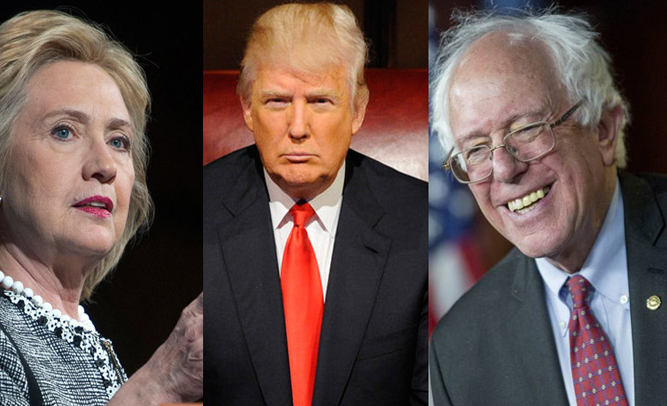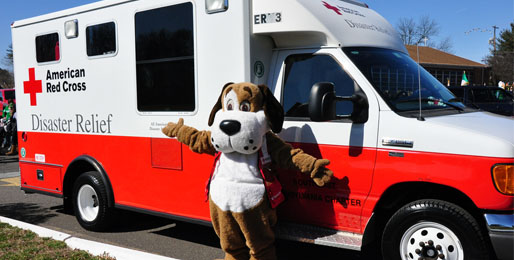PALO ALTO, California – 
The American Red Cross issued an urgent nationwide appeal for blood donations as regional supply centers reported lower than average levels of immediately available blood reserves.
Plasma, blood’s liquid component, is essential for transporting red blood cells (erythrocytes), white blood cells (leukocytes), and platelets, which help to stop bleeding during traumatic physical injury.
The nation’s technological sector also requires a continual supply of plasma. Demand has steadily increased since the introduction of the first flat-screen plasma displays in 2006 and, as with any industry faced with a shortage of materials, the result is higher prices passed along to the consumer.
“Consumers are going to take a hit,” said Walter Britton, media analyst and marketing director. “It’s the domino effect – one puzzle piece influences the entire picture. Shoppers are going to end up with a lot of bruised wallets and pocketbooks,” he added.
Trudy Belmont, regional director of the Denver Colorado Red Cross, is confident that the public will favorably respond to the plea for increased donations. “Americans always come through. I have no doubt our regional and national supply levels will return to normal, just as they have in the past. Soon there will be enough blood everywhere,” she added.
Major electronics manufacturers, including LG, Samsung, Pioneer and NEC, have formed a partnership with the American Red Cross to urge the public to participate in nationwide blood drives.
“Give Blood – That’s The Resolution!” is the new rallying cry and national slogan developed by analyst Britton and his creative team. Public service announcements have been produced for wide distribution across several media platforms.
“The sooner we get enough blood,” said Britton, “the faster we can maintain the fair market prices that consumers demand, while providing hospital patients and victims of traumatic injury the life-giving fluid they have come to depend on. Let’s get flowing!” he enthusiastically chanted, pumping his fist in the air.
Formerly, a 2- to 3-day reserve supply of blood products was necessary to meet demands imposed by hospitals, emergency medical centers and electronics manufacturers. The Red Cross now aims to increase that reserve to 5 days.































